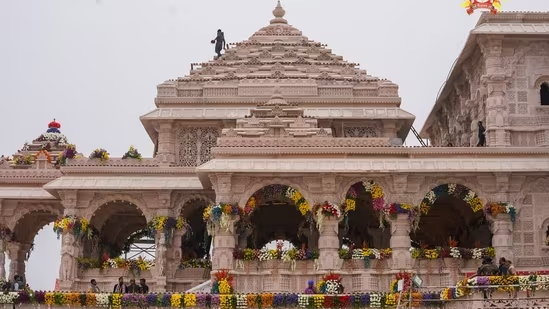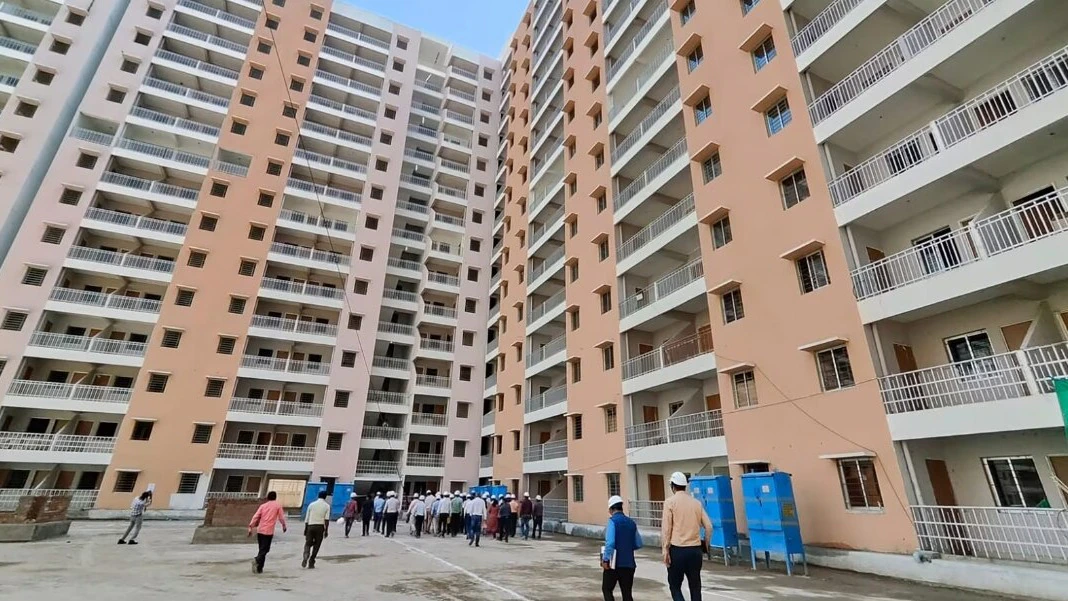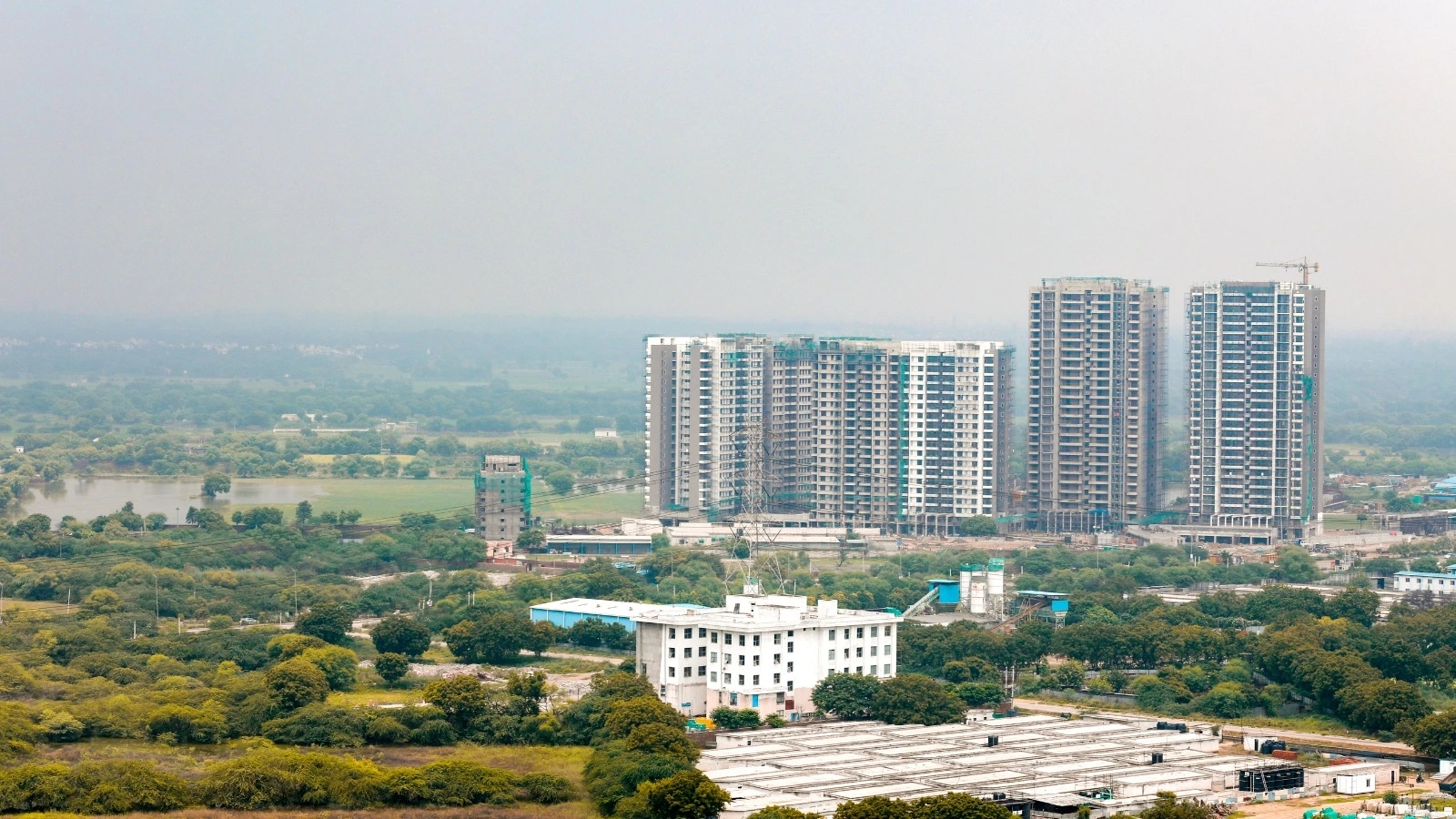Table of Content
The Ram Mandir in Ayodhya has been constructed with technical assistance from at least four leading institutions, Union minister of state (independent charge) science & technology Jitendra Singh said.
These four institutes are the Central Building Research Institute (CBRI) Roorkee, the National Geophysical Research Institute (NGRI) Hyderabad; the DST-Indian Institute of Astrophysics (IIA) Bangalore and the Institute of Himalayan Bioresource Technology (IHBT) Palampur (HP).
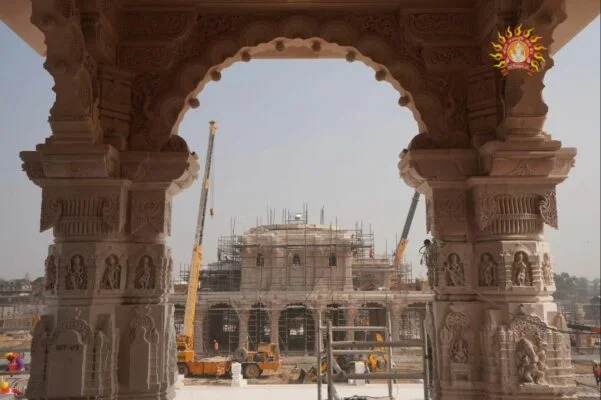
The CBRI Roorkee has majorly contributed towards Ram Temple construction while the NGRI Hyderabad gave significant inputs on foundation design and seismic safety. The DST-IIA-Bangalore provided technical support on the Sun’s path for the Surya Tilak and the IHBT Palampur made tulips bloom for the Ram Mandir Pran-Pratishtha ceremony, said the minister.
Singh said that the main temple building, which is 360-ft long, 235-ft wide and 161-ft high, is made of sandstone quarried from Bansi Pahadpur, Rajasthan. Cement or iron and steel is not used anywhere in its construction. The structural design of the 3-storey temple is earthquake resilient and can withstand strong tremors of magnitude 8 on the Richter scale for as long as 2,500 years, he said.
Also Read: Stamp duty in Ayodhya in 2024
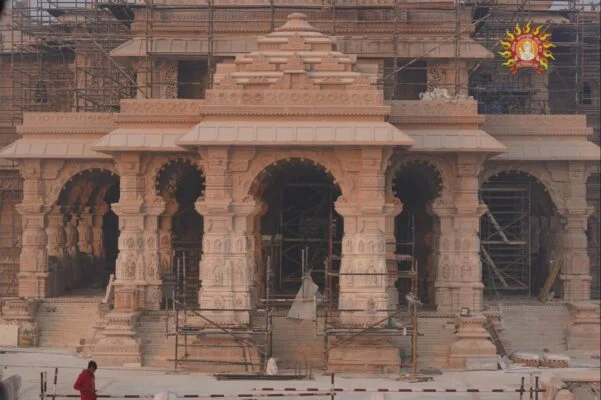
“CSIR-CBRI Roorkee has been involved in the construction of the Ram Mandir since early stages. The institute has contributed towards structural design of the main temple, designing the Surya Tilak mechanism, design vetting of temple foundation, and structural health monitoring of the main temple,” he said.
Singh said the CSIR-NGRI-Hyderabad also gave significant inputs on foundation design and seismic/earthquake safety. Some IITs were also part of expert advisory committee and even space technologies from the ISRO have been used in the construction of the grandiose structure, he said.
A unique feature of the Ram Temple, said Singh, is the Surya Tilak mechanism, designed in a way that the Sun rays will fall on the forehead of Lord Ram’s Idol at 12 noon on Sriram Navami day every year for about 6 minutes. Ram Navami, celebrated on the ninth day of the first month of the Hindu calendar, which is usually in March-April, marks the birthday of Lord Rama, the seventh incarnation of Lord Vishnu, he said.
The science & technology minister said that the Indian Institute of Astrophysics Bengaluru provided technical support on Sun’s path and Optica, Bangalore is involved in manufacturing of the lenses and brass tubes.
Also Read: Planning to buy property in Ayodhya? Here is your legal guide!

“Gear box and reflective mirrors/lenses have been arranged such that sun rays from Third floor near shikara will be brought to the Garbha-Griha using well known principles of tracking Sun’s path,” he said.
The CSIR will also be involved in the consecration ceremony, said Singh. In celebration of faith, unity and the spirit of devotion, CSIR-IHBT Palampur (HP) is sending Tulip Blooms to the divine Ram Mandir Pran-Pratishtha ceremony.
“Tulips do not flower in this season. It grows only in Jammu & Kashmir and only a few other higher Himalayan regions and that too only in the spring season. The Institute of Himalayan Bioresource Technology Palampur has recently developed an indigenous technology through which tulips could be made available throughout the year, without waiting for its season,” he said.CSIR technologies are also being widely used in everyday life, said Singh.
Also Read: How are a temple and an airport changing Ayodhya’s real estate?

